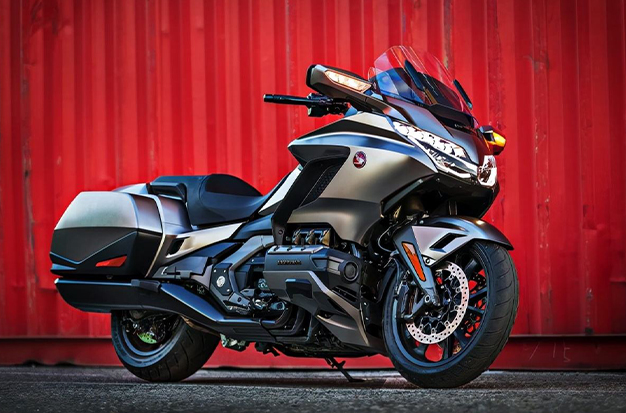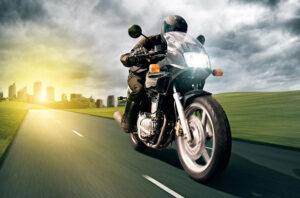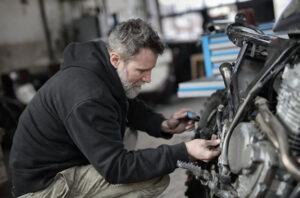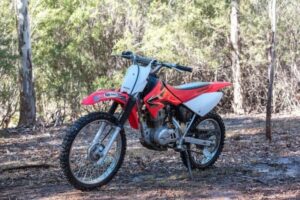An efficient way to control your bike’s speed is to engine brake, but how do you do that on a motorcycle? Here, I’ll give you a clear explanation of how to brake your motorcycle’s engine as well as the rationale behind doing so. I also list some disadvantages that you should be aware of before performing engine braking.
How do you do the engine brake on a motorcycle? It’s true that not everyone enjoys doing engine braking. Only a man with experience can do it flawlessly. For engine braking on a motorcycle, a lot of practice is necessary to develop precise timing. However, before anything else, you should be aware of how a motorcycle’s engine brakes work.
In this article, I’ll give you a clear explanation of how to brake your motorcycle’s engine as well as the rationale behind it. I also list some drawbacks that you should be aware of before performing engine braking. Therefore, read this article in its entirety.
Simple Steps To Do Engine Brake On Your Motorcycle
Undoubtedly, the best way to stop your motorcycle in an emergency is with engine braking. It is more efficient than the clutch or brakes on your motorcycle. However, if you want to stop your motorcycle quickly, you must properly apply engine braking.
It can be a little more difficult for beginners to perform engine braking. To be successful, you must practice a lot. Here, I’ll outline three quick steps for applying the engine brake to your motorcycle:
Pull The Clutch And Make Sure Low Rpm
Pulling the clutch in and ensuring that it can reduce your RPM are the first steps in engine braking. You should first determine the low RPM range for your motorcycle. Considering that these figures differ between motorcycles.
By observing your motorcycle’s sounds or looking at the tachometer, you can determine the RPM’s conditions, whether they are high or low. For instance, I need to shift between 2500 and 3500 RPMs when riding my motorcycle. To comprehend the RPM number, I also have a good understanding of the sound my motorcycle makes. Like me, you get to know your motorcycle first before the engine braking.
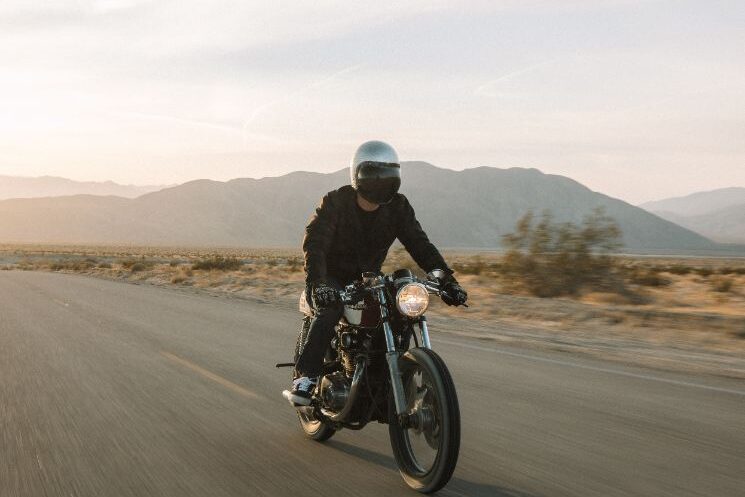
Downshift The Gear Gradually
You must gradually downshift the gear on your motorcycle in this step. Shift one gear lower than your current driving gear to engage engine braking. Consider going down to first gear for engine braking if you’re in the second gear. the same as going from fourth to third gear and from third to second gear. When you slow down to 10 or 15 mph while riding your motorcycle at 80 mph, you should apply the engine brakes.
Slowly Release The Clutch
You must release the clutch gradually to ensure a more seamless shift between gears. In that situation, simply releasing the clutch will cause the slowdown to drag you along. After that, your motorcycle gradually begins to slow down. When you let go of the clutch after a few minutes, your motorcycle will stop safely thanks to the engine braking.
I attached the visual watch link to demonstrate how to engine brake on a motorcycle because I realize it’s difficult to fully understand the procedure by reading alone.’ To master engine braking, watch it and practice as much as possible.
How Does Engine Braking Function?
When the throttle is opened, the piston easily draws fuel and air into the cylinder as it descends during the intake stroke. The piston is essentially sucking against a closed tube when the throttle is closed because it is still trying to draw air in but the throttle plate is closed. The rear wheel is made to move more slowly by the piston’s resistance caused by the vacuum that is produced.
Downshifting a gear or two can increase engine braking because the higher the engine rpm is when the throttle is closed, the higher the suction and the greater the engine-braking effect.
Why Do You Use Engine Braking Instead of Your Motorcycle Brakes?
In my experience, there are a lot of good reasons to use engine braking rather than your motorcycle brakes. Here are these reasons:
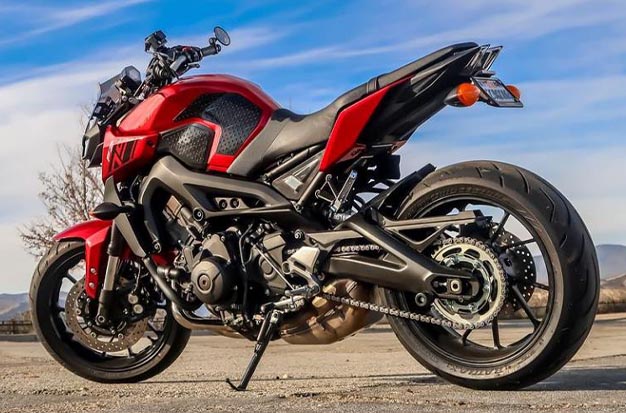
Safer Option for Emergency Brake
When you find yourself in a situation where you need to stop your motorcycle quickly to avoid an accident, always rely on engine braking. It gives the motorcycle’s rear brake more stopping power. In contrast to conventional brakes, this causes your motorcycle to stop more quickly.
For an instant stop, I adviseyou to use your motorcycle brakes and engine braking. Engine braking is a great way to stop older motorcycles with inadequate braking systems. To ride your motorcycle safely in an emergency, therefore, carefully apply engine braking.
Perfect for the Steep Tracks Riding
You should concentrate more on maintaining control when riding a motorcycle on a steep track. because riding on such tracks makes it too difficult for riders to maintain control of their motorcycles. I and other experienced riders always use engine braking on steep tracks.
Traction in the steep tracks is limited because of loose rocks and pebbles. Your motorcycle’s brakes can’t withstand the pressure because of this. You run a significant risk of losing balance and control if you only use the brakes on your motorcycle.
When you use your brakes on a steep track, they will also get hot and fade. For these reasons, I favor engine braking when riding on steep inclines.
Saves Your Motorcycle’s Brake Pads and Fuels
You can reduce the pressure on your motorcycle brake pads by using engine braking. Your motorcycle brake pads are shielded from deterioration by engine braking and the downshifting combination. As a result, you can use the brake pads for longer periods of time.
Your motorcycle’s fuel efficiency can also be improved by engine braking. It shuts down your motorcycle engine’s entire fuel delivery system.
Personally, I tryboth engine braking and regular brakes to stop my motorcycle. The purpose of this investigation is to learn how much fuel they use. And I believe the best way to stop a motorcycle while preserving its fuel is with engine braking.
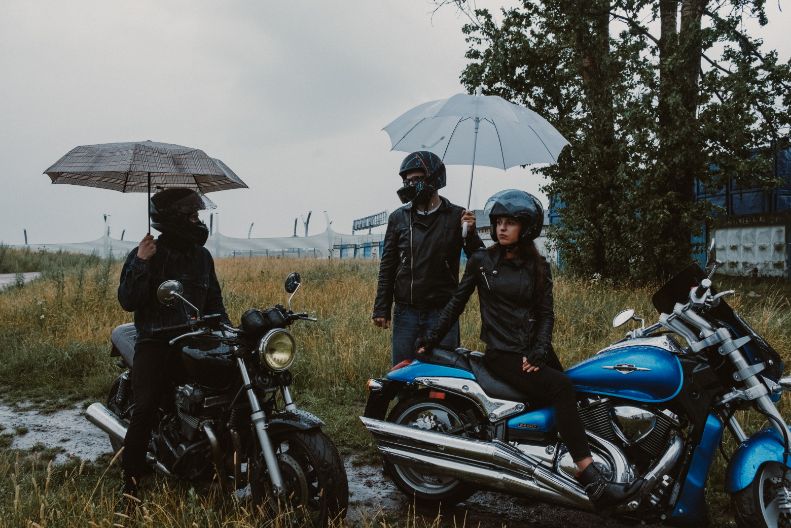
Easy Ride Off
You’ll enjoy a smooth, comfortable ride if you use the engine brake. The appropriate gear is selected to slow down your motorcycle. One advantage of engine braking is that you can increase your motorcycle’s speed as needed.
Therefore, always use engine braking rather than motorcycle brakes to get a smooth ride.
What Takes Place When The Engine Brakes?
If the throttle is opened, the cylinder quickly pulls in fuel and air. You are closing it as the engine brake happens. The cylinder’s piston is still making an effort to draw in air. As a result, a space is left without any air, which causes the bike’s power to be cut. Back wheel speed is greatly decreased.
The engine brake uses a vacuum to compress the pressure and stop the speed, unlike conventional brakes that work by pressing the disc and piston.
How Well Does The Engine Brake Work?
Every so often, the engine brake is used. It may make it easier and smoother for you to brake, depending on the state of your motorcycle. The effectiveness of the engine brake has been tested on contemporary double-disc motorcycles.
A minimum of one to two meters before the regular brakes, the engine brake brings the motorcycle to a stop. As a result, it is more practical when braking in an emergency.
Does Engine Braking Pose A Risk?
In and of itself, engine braking is not dangerous, but if you’re not careful, it can result in loss of control.
You run the risk of locking the back wheel and sliding out if you try to do an engine brake while applying too much throttle. To put it another way, imagine that you are braking hard and quickly when you quickly perform an engine brake. Especially if you just let off the gas, this could be dangerous.
But if you use engine braking to gradually lower the throttle over time, you won’t experience any issues. By doing this, you’ll be able to safely slow down your motorcycle.
Is Engine Braking Good or Bad For My Motorcycle?
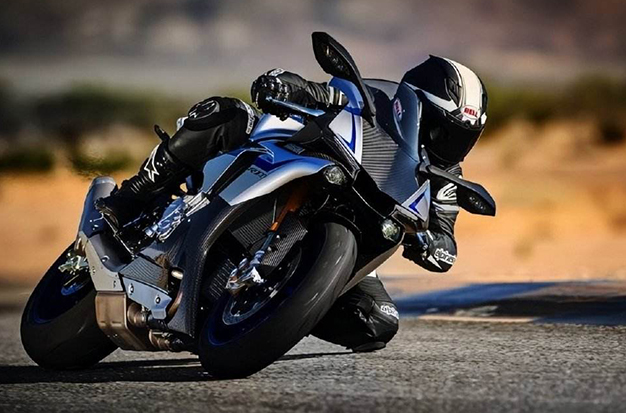
Your motorcycle won’t suffer any worse damage from engine braking than it would from regular braking. Brake use only causes your brake pads to deteriorate. However, as you slow down the engine, you use a few more components that are susceptible to damage.
The transmission’s clutch plates will begin to overheat and warp if you apply enough braking in one gear. Motorcycle clutches, on the other hand, are made to take a beating, so this isn’t much of a problem with them.
The rear wheel can also lock up as a result of engine braking. The rear wheel will skid as a result, and you’ll lose control of the motorcycle.
Therefore, it’s important to use engine braking sparingly even though it’s a great way to slow down your bike. Avoid depending on it too much to avoid damaging your clutch plates and rear wheel.
What Are the Pros and Cons of Engine Braking?
You occasionally use an engine brake to make your vehicle drive more smoothly. In addition to providing some advantages, the brake slows the bike down more quickly than a standard brake. These benefits of engine braking are listed:
Pros
- Vacuum Vs Pistons
In order to test your pistons’ functionality, you can break them with the vacuum and apply a little weight to them. When you suspect there might be a problem, this is crucial.
- Disk Resting
Pistons and discs are used in conventional brakes. As a result, they occasionally receive breaks from the engine brake. Their condition gradually improves as a result.
- Overheating
When you use the general brakes constantly, overheating is a problem. This could have negative effects on the long-term health of your beloved motorcycle.
This drastically impairs the motorcycle’s condition over time. The engine is prevented from overheating, however, by occasionally using engine brakes. In light of this, using it occasionally is preferable.
- Corner Problems
It may be a crucial tool to use when navigating corners or U-turns. When a motorcycle is turning a corner, the engine brake reduces power and quickly slows the motorcycle down. There’s no need to even put your feet on the ground when making U-turns.
- Brake Pads
The brake pads receive periodic rests, just like the discs. To keep your motorcycle in top condition, it is crucial to use engine brakes.
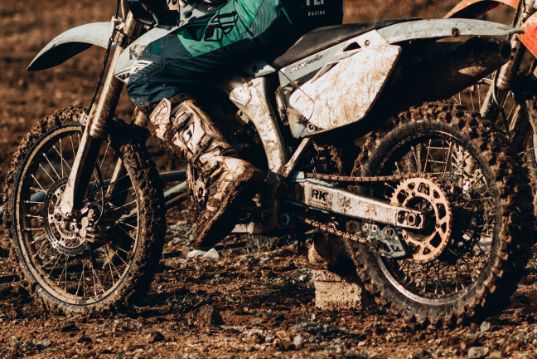 Cons
Cons
While performing engine braking, there are a few other drawbacks and issues that you might encounter. I’ve listed some of the main drawbacks of motorcycle engine braking below:
- Issues When You Need A Little More Lube
Claims like these have been bothering the biking community for many days. If you do an engine brake, a lack of lubrication can lead to issues with the engine. Let’s take a closer look at the situation to see if it is real or not.
The oil pump receives no benefit or harm from the throttle valve. Thus, even though the lubrication process is not stopped during engine braking. However, because oil and gas frequently mix, it is bad for the health of a double stroke if you are doing one in any way.
- High-Risk Only When Speed-Reducing:
When the engine brake is only being used to slow down, the backlight is not lit. This information is crucial to understand.
You must frequently check your mirror if it is being used to reduce speed all the time. Otherwise, a car nearby might strike without warning.
- I’ll take extra precautions if I just use it to slow down.
Even if you always exercise caution when using the engine brake, it is not advised to do so all the time to slow down. Because if you do, total speed is not under your control.
Consequently, your bike is not under your control. You might use it occasionally if necessary, but first, look at the traffic in the area.
What is Rev Matching?
We’ve talked about being able to shift without experiencing a sharp jolt or hard braking. When you rev the engine to a level that is suitable for your bike and then shifts up or down, you are rev-matching.
It’s a bit of an advanced technique, but it can help you downshift smoothly without experiencing the jerkiness or sudden jolt that you might when you downshift directly. As I previously mentioned, my Goldwing shifts best between 2500 and 3000 rpm. I’ll use this example once more.
Let’s say I’m cruising at around 2500 rpm and I want to shift from third gear (3rd) to fourth gear (4th). I shift almost simultaneously while slightly revving the engine to around 3000 rpm. This prevents the abrupt jolt when shifting from third to fourth gear.
As you can see, I know roughly what rpm my motorcycle should be running at. Once more, you should familiarize yourself with the characteristics of your particular bike.
Rev matching steps:
- Pull the clutch in.
- Rev the throttle slightly. Prepare the RPMs for shifting by increasing them as needed. No need to go bonkers in this situation. Once more, you must be acquainted with your motorcycle in order to determine the ideal rpm.
- Downshift or upshift one gear. Shift the motorcycle while it is running at the proper rev or rpm level.
- Release the clutch.
- Bike shifts smoothly. You would have smoothly changed the motorcycle’s gears if everything had gone according to plan!
FAQs
How to Reduce Engine Braking Motorcycle?
Fuel injection is programmed in racebikes to ADD fuel at low throttle openings and high engine revs. As the bike’s rear isn’t skidding and pattering around, throwing the bike offline, lessens engine braking and aids in corner entry.
In order to lessen engine braking, slipper clutches still dial in more fuel at the trailing throttle. Not sure how much or at those RPMs.
When to Use Engine Braking Motorcycle?
When it’s necessary to control speed while traveling down very long and steep slopes, it’s advantageous to actively use engine braking (downshifting into a lower gear).
Conclusion: Do Engine Brake On Your Motorcycle
An excellent tool to have is engine braking. You can use it to quickly and safely slow down your motorcycle. Just be cautious, especially if you’ve never practiced engine braking before. It is harder to modulate than engine power because you can actually slow down quickly and your weight does shift forward.
